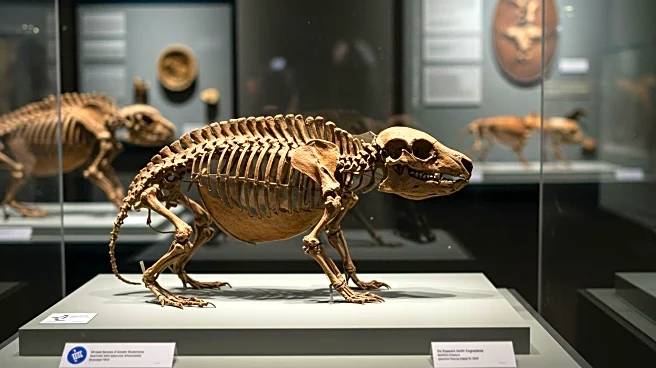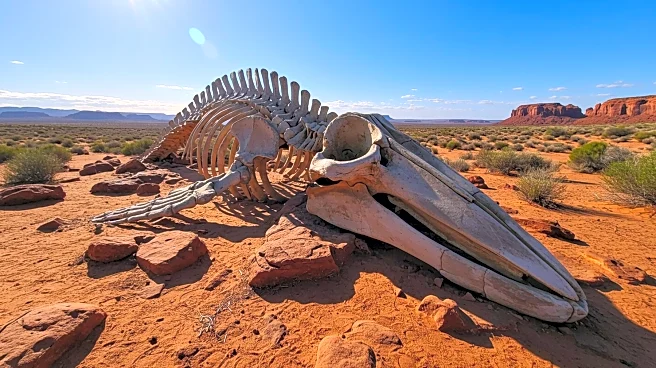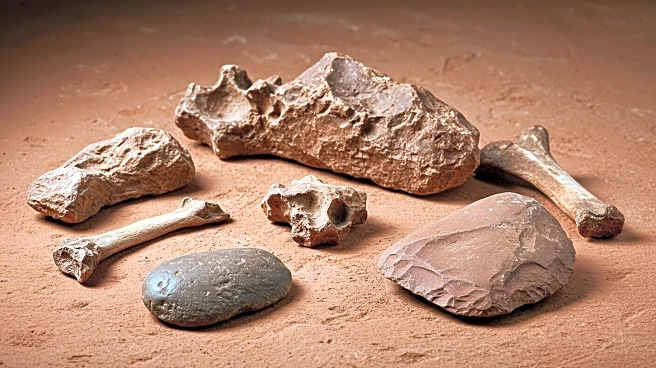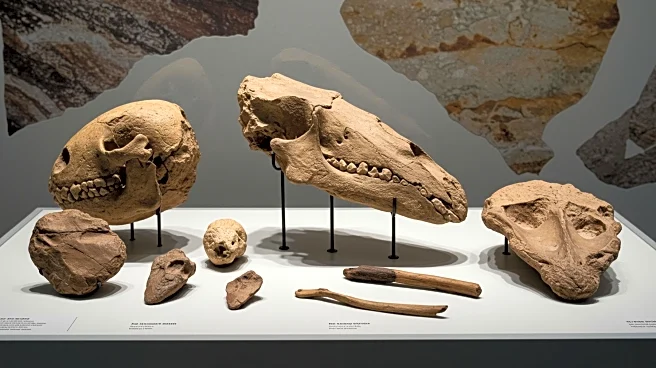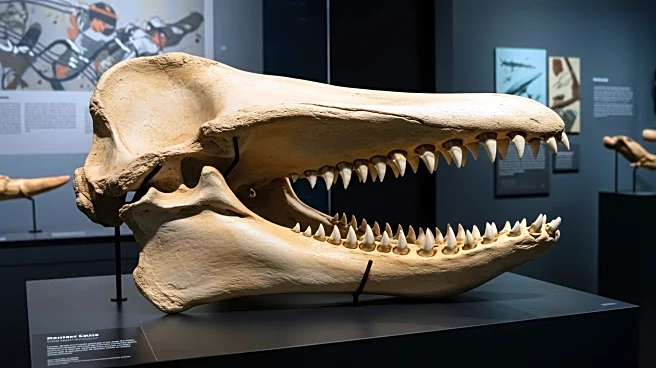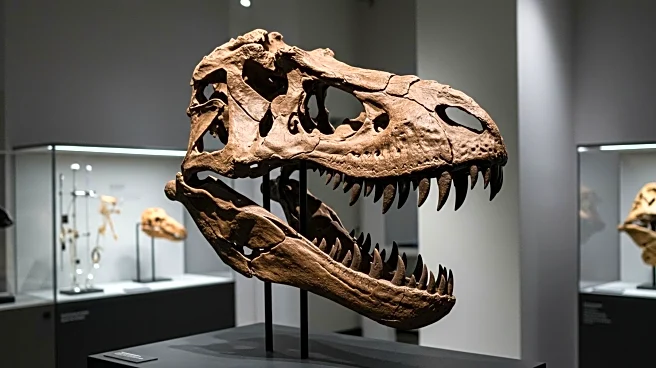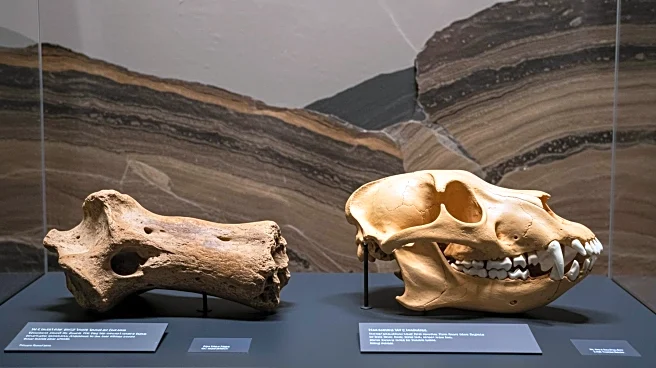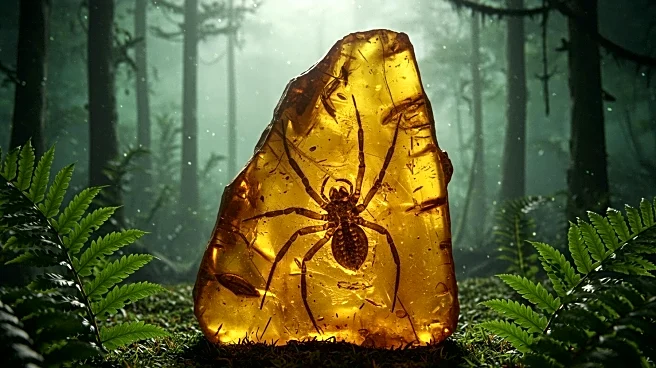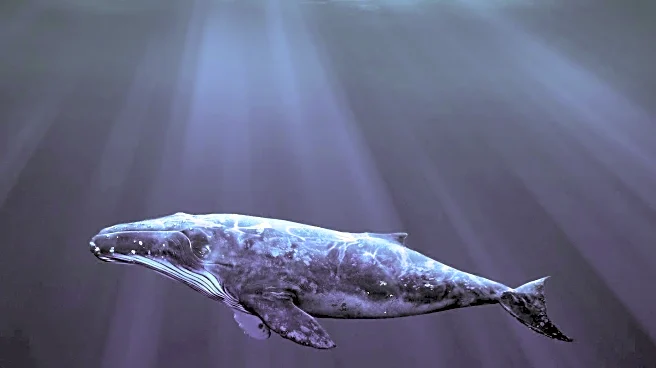What's Happening?
Scientists from the University of Chile have discovered a fossil of a mouse-sized mammal, Yeutherium pressor, dating back 74 million years. The fossil was found at the Rio de Las Chinas Valley archaeological site and includes parts of the skull, such as the maxilla with a small molar and roots of two other molars. This discovery marks the third mammal species from the Age of Dinosaurs found in Chile, providing significant insights into mammalian evolution during the Upper Cretaceous period, just before the asteroid impact that led to the extinction of dinosaurs.
Why It's Important?
The discovery of Yeutherium pressor is crucial for understanding the evolutionary history of mammals. It offers a glimpse into the diversity and adaptation of mammals during the Upper Cretaceous period. This find contributes to the broader scientific understanding of how mammals survived and evolved in a world dominated by dinosaurs. The research at the Rio de Las Chinas Valley site, ongoing for over a decade, continues to yield valuable information that could reshape current theories about mammalian evolution and their ecological roles during prehistoric times.
What's Next?
Researchers plan to continue excavations at the Rio de Las Chinas Valley site, hoping to uncover more fossils that could provide further insights into the evolutionary history of mammals. The ongoing study of these fossils will likely involve detailed analysis of the dental and skeletal structures to better understand the lifestyle and ecological niche of Yeutherium pressor. These efforts may lead to new discoveries that could further illuminate the evolutionary pathways of early mammals.
